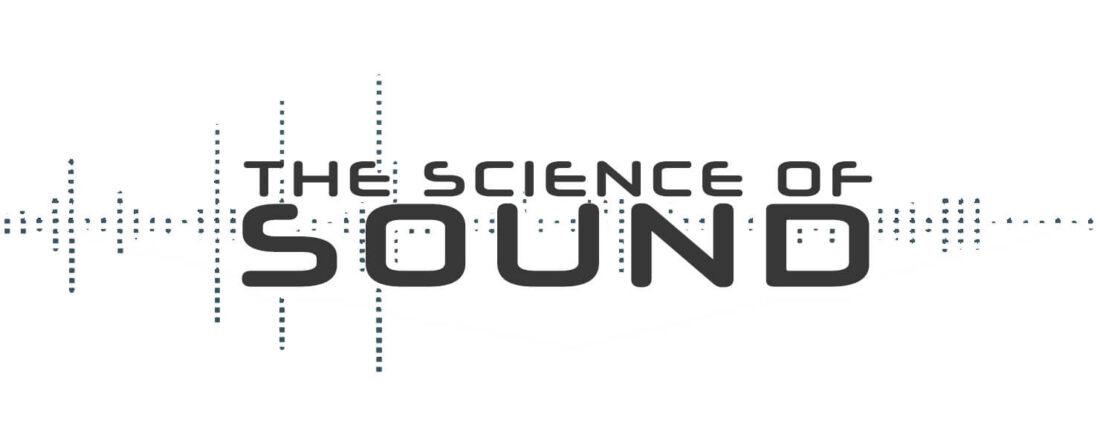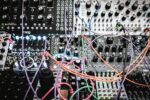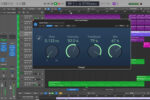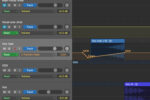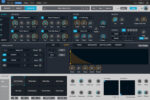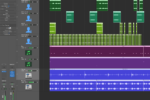What is a preamp?

Get to know how these little devices came about, and why their software equivalents are still useful in the modern producer’s signal paths
A preamp, or preamplifier, is an audio device that takes a very quiet signal at its input, and turns it into a much louder signal at its output. Once upon a time, preamps were exclusively standalone pieces of outboard hardware, placed between the source of a signal and a mixing console or recording device.
Now, physical preamps are integrated in all manner of professional and consumer-grade audio devices. If you’ve ever recorded anything with an interface, a mixer, or even straight into your laptop or phone, you’ve used a preamp of some description. Each of these devices makes use of an integrated preamp, in that the amplifier is part of the internal electronics of the device. There are even digital software preamps on the market that are modeled on their original counterparts and designed to serve the same purpose.
What does a preamp do?
Ultimately, preamps have one job and one job only, or at least they did at the time of conception. Their role was to bring an audio signal’s level up to one that can be used with a mixing desk, otherwise known as a line-level signal. This is what differentiates a preamp from other types of amplifier, such as speaker or guitar amps, which boost a signal that’s already at line-level, even further.
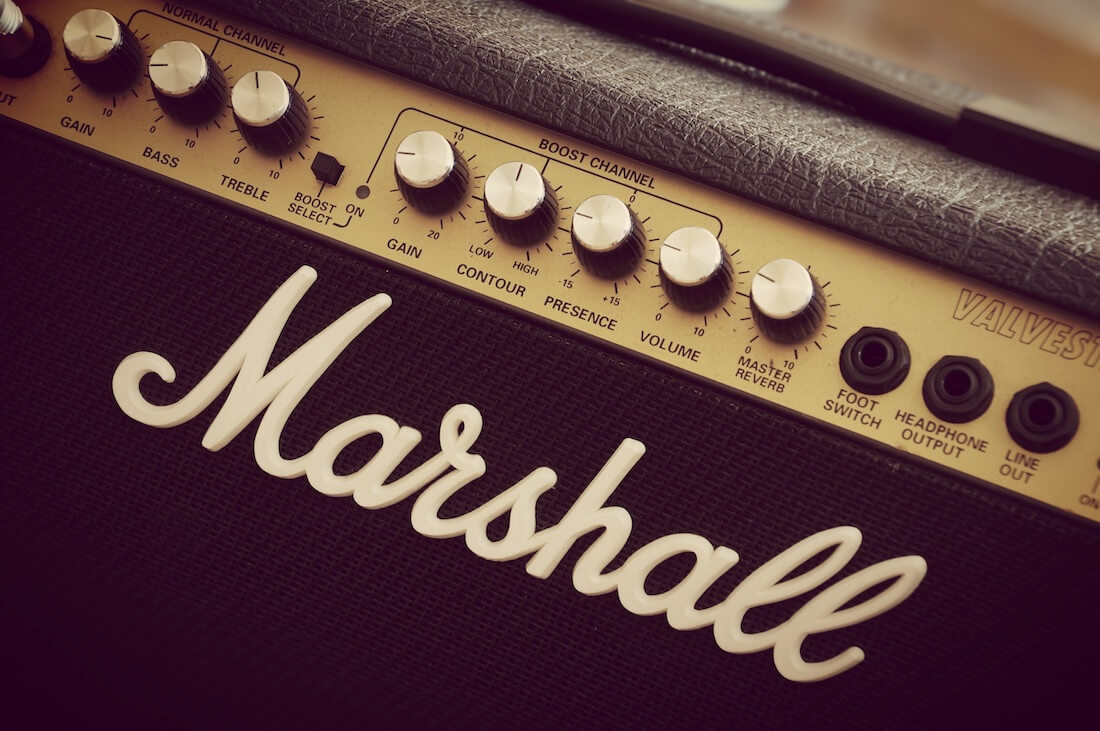
Traditionally, preamps were designed to boost the signal of analog sensors such as microphones or instruments, that output a much lower level of signal than is needed by a mixer. More specifically, preamps are designed to boost audio signals to around 0dBu, as this is the level at which most hardware units are calibrated to operate at their best. This includes hardware compressors, equalizers, limiters and so on. The process of adjusting levels throughout a signal’s flow is called gain staging, and you can read more about it here.
Using a mic preamp
If you’ve ever plugged a microphone or instrument into a mixer or interface, and found the signal to be extremely weak, noisy or even non-existent, you’ve experienced the need for a proper preamp. To put it another way, the physical energy that is exerted on a microphone coil or guitar string needs to be scaled up considerably in order to be usable. Without a suitable preamp, these kinds of signals become noisy when the gain is increased in the mixer, or may even be entirely inaudible.

It’s also worth noting that gain is a separate conversation altogether. When we talk about gain, we’re talking about a way of increasing the level of the signal in a completely linear fashion, with no coloration or change to the tone of a signal. If you want to learn more about gain and volume management in general, check out Jono Buchanan’s comprehensive course on volume management.
What is the purpose of a preamp today?
Preamps were originally designed to be as transparent as possible, so that the signal that came out of a preamp was exactly the same as the one that went into it, only louder. For better or for worse, it didn’t always work out that way, and in many cases the outputted signal came out with some colouration, saturation or even distortion. This is particularly true when the signal comes into the preamp too hot. On paper, this was a bad thing, but it wasn’t long before sound engineers were abusing preamps to enhance their signal.
Today, many devices have preamps built into their circuitry that are able to boost the level of a signal with little to no coloration. You’d imagine that this would negate the need for a preamp, but many people believe that the lack of coloration from modern integrated preamps results in a sterile and lifeless signal. For those who long to impart some character on their signal, a dedicated preamp might just be the right tool for the job, whether that’s a traditional piece of outboard gear or a software plugin.

As with other recording gear such as microphones and compressors, there are a whole host of preamp types that each have their own defining qualities. Tube preamps are known for adding warmth and character to a signal, owing to their vacuum tube architecture. Transistor-based FET preamps can impart a different type of signal distortion to tube preamps. Solid state preamps tend to be much more transparent than tube or FET preamps, but can still alter the tone of a signal when pushed too hard.
One such example of a solid state preamp is arguably the best known and most revered preamp of all of history, the Neve 1073. In 1970, Neve Electronics built the A88, a 28-channel mixer which featured the now-legendary 1073 preamps. The preamp became known for its thick musical character, paired with its ease-of-use and versatility; they are considered to make just about everything sound better. Neve still make a few variations of the 1073, or there are plugin emulations available that aim to bring the same colorful “British Sound” to your signal.
How to use a pre-amp plugin?
There are a wide range of pre-amp plugins available that each offer a slightly different sound and feature set and have a few potential purposes. Many of them will add some very subtle coloration to a signal as soon as it’s placed on a channel, before you’ve even adjusted any parameters. This is because they are designed to emulate the behavior of analog circuits and transistors that respond to the level, frequency content and transient information of a signal.
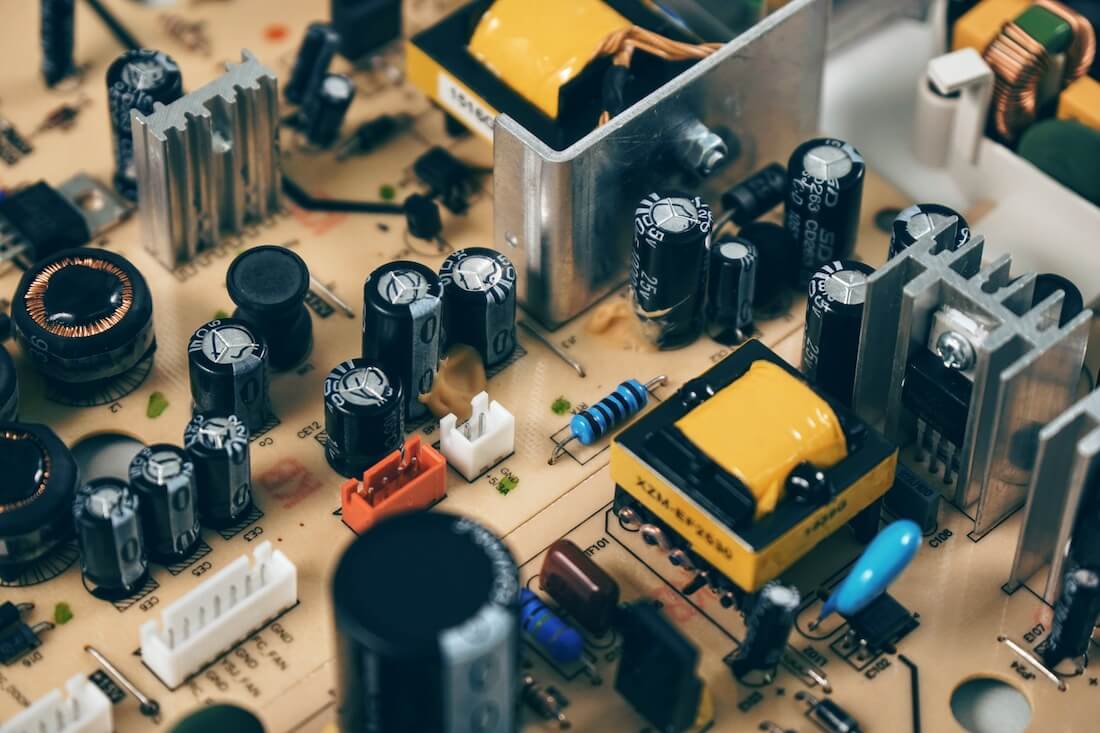
As you start to increase the input level of the preamp, things begin to get interesting. More and more harmonics are brought out, and the signal can go from saturated to distorted to destroyed as you increase the gain. Some preamp emulations even have a range of circuit modes or additional drive circuits specifically for this purpose.
While preamps aren’t necessarily essential in the modern day’s signal flow, there’s a reason that the best engineers still regularly use them for recording vocals and instruments into the digital domain.
What’s next?
If you’re ready to learn more about the fundamentals of music production, check out the complete Science of Sound which covers all manner of topics from compression, reverb, time based effects, bus processing and more!
